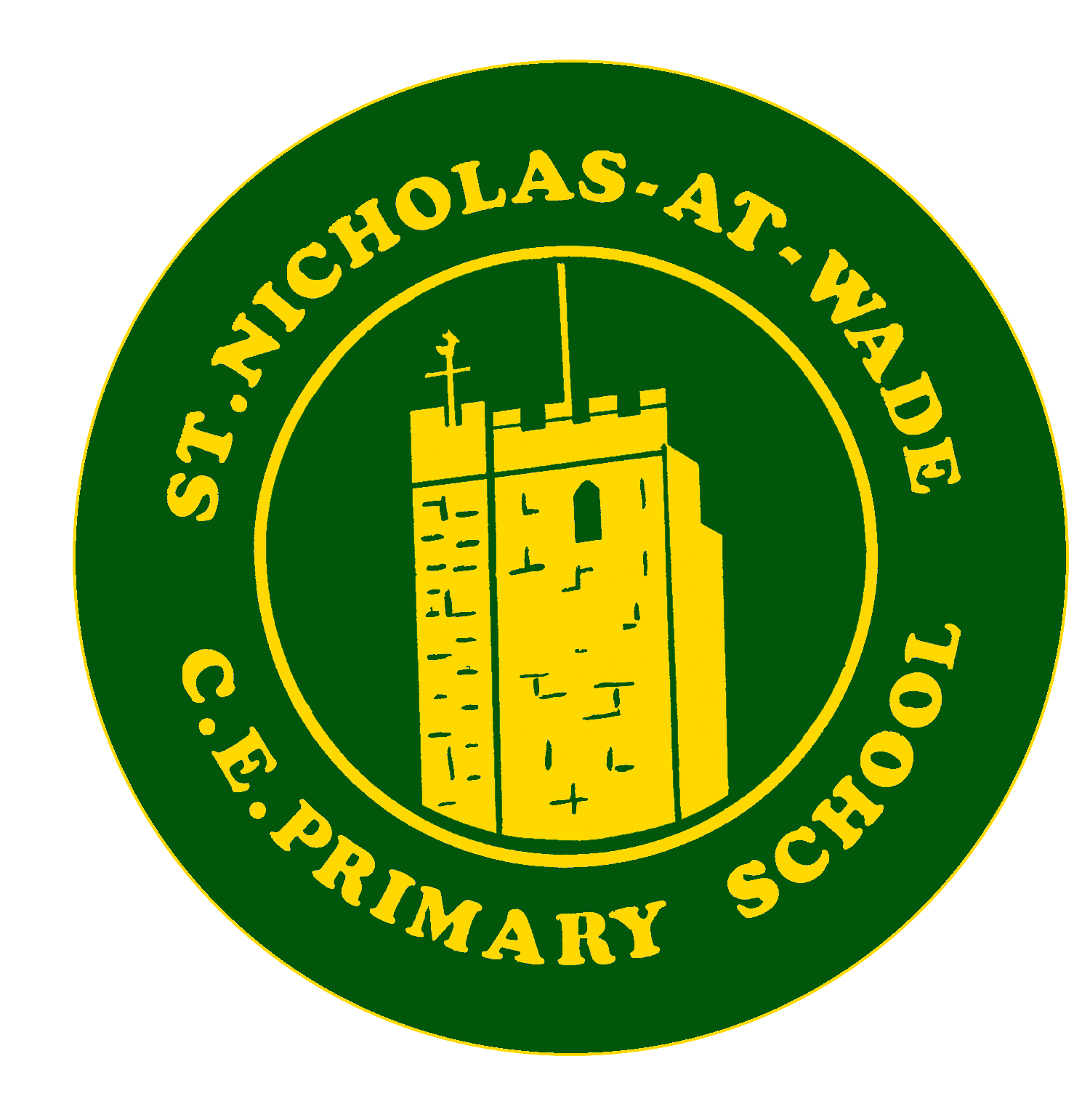Computing
Intent
Our high-quality computing education is intended to equip all pupils with a deep understanding and the skills and knowledge to begin to use computational thinking and creativity to understand and change the world! Our computing curriculum has natural deep links with Mathematics, in terms of systematic thinking and logical processes, but there are many other links across the curriculum. This can be in computer aided design in Design and Technology, research in History, data collection in Geography and Science or digital presentation to aid Speaking and Listening. We want pupils at St. Nicholas to see the value in having excellent computing knowledge and skills, to recognise the links between what we teach and application in the real world and the endless possibilities computing can offer in an ever-changing digital world.
Implementation
|
At St. Nicholas, teachers reflect the objectives set out by the National Curriculum 2014 Programme of Study for computing using the units from the ‘Teach Computing’ scheme of work; adapting them for the needs of our pupils. We take a no-ceiling approach in teaching, and through open-ended tasks, pupils with SEND and the most able can achieve well. Our curriculum puts the core of computing, computer science, in which pupils are taught the principles of information and computation, how digital systems work, and how to put this knowledge to use through programming, at the forefront. The ‘Teach Computing’ curriculum is a spiral curriculum, a curriculum design in which key concepts are presented repeatedly throughout the curriculum, but with deepening layers of complexity, or in different applications. This ensures that skills and knowledge are built on year by year and sequenced appropriately to maximise learning for all children. It has been designed to introduce children to a variety of programmes and online scenarios whilst covering all the National Curriculum objectives. To ensure a broad range of skills and understanding, computing is taught across three main strands: digital literacy, computer science and information technology. All pupils (including those in Reception - by the Summer Term) have access to iPads to support their learning throughout the year. Vocabulary is always a focus and from Reception, pupils begin to use programmable toys such as Bee Bots. As early as Year 2, pupils begin to use basic code in programmes such as Scratch. By the end of the primary phase, Year 6 pupils create their own applications from the beginning of the process to the end. |
Building on this knowledge and understanding, pupils are equipped to use information technology to create programs, systems and a range of content. Computing also ensures that pupils become digitally literate, able to use, and express themselves and develop their ideas through, information and communication technology, at a level suitable for the future workplace and as active participants in a digital world. Year 5, for example, teaches children to touch type through online courses.
We also believe that high quality online safety must be taught if children are to keep themselves safe in the virtual world. It is therefore essential, to ensure pupils are equipped with the skills to recognise risks online, to be critically aware of the materials and content they access online, along with guidance on how to accurately validate information accessed via the internet. In addition to this provision, the whole school participates in 'Safer Internet Day' in February to reinforce the importance of using technology responsibly.
Impact
|
We see the impact of our curriculum through the outcomes of every lesson. We know children learn more and remember more as they progress through school as the curriculum revisits key knowledge and skills. This can be through their basic mouse and keyboard skills to more specific areas such as their knowledge of algorithms within programmes. Our use of assessment for learning lets us adapt lessons and units to the needs of each new cohort and our assessment quadrants help us to gauge understanding of more specific knowledge as pupils move through school. By the time children leave St Nicholas, they will be competent, safe and responsible users of computing technology and will have a secure understanding of the fundamental principles of computer science; be able to express themselves using digital media and be equipped to apply their computing skills in the future. The following documents outline our computing curriculum in more detail: |
